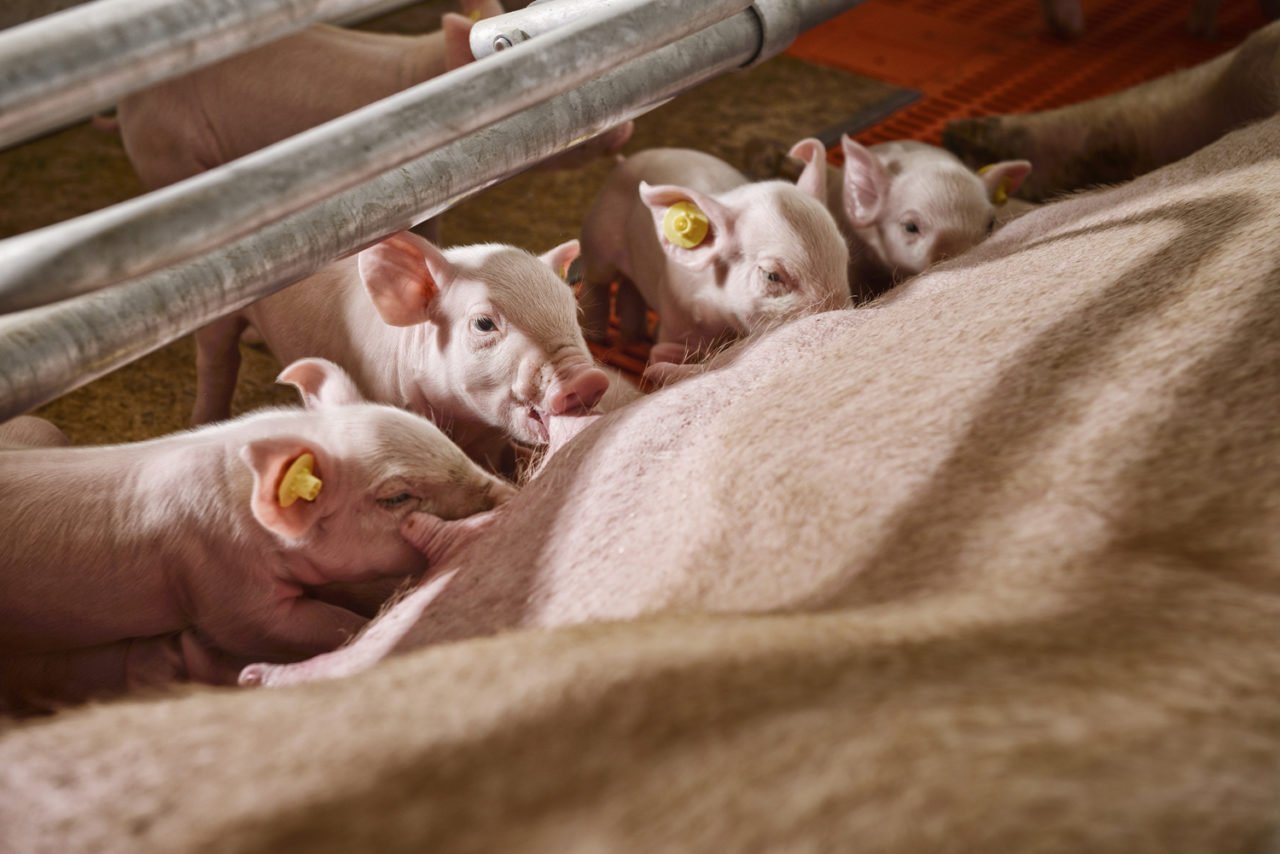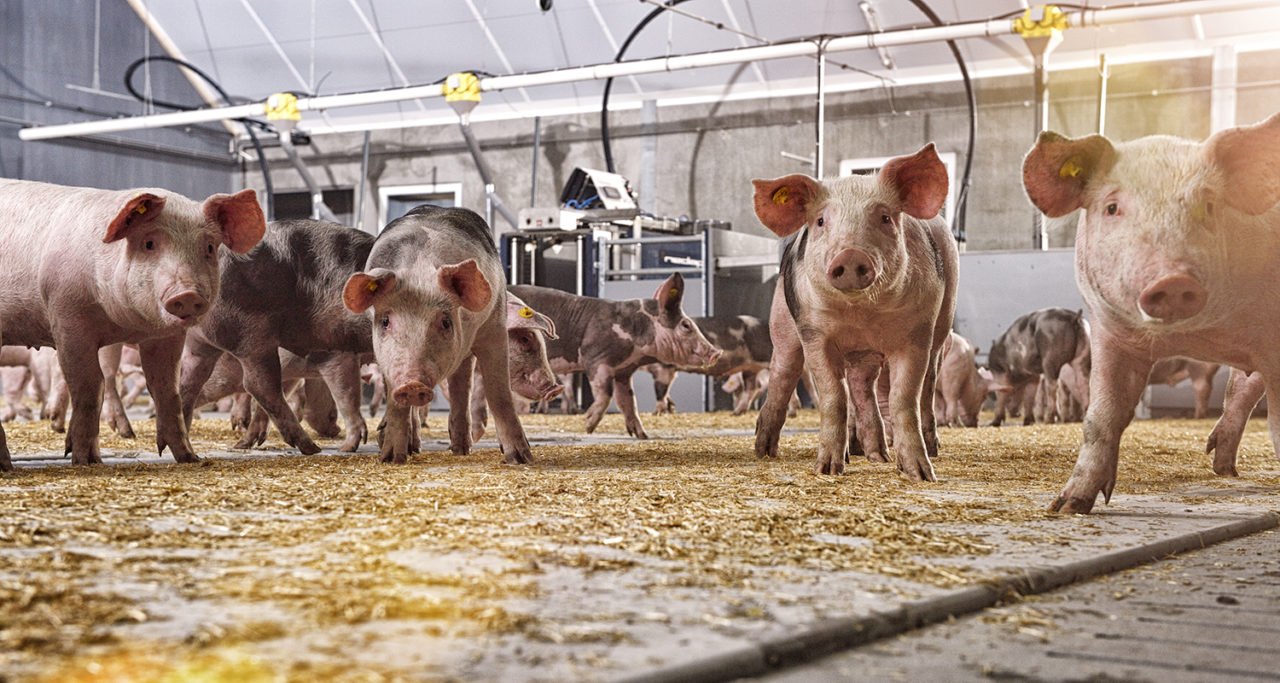Productie
Verbeter uw voerstrategie met precisie technologie

Verbeter uw voerstrategie met precisie technologie

Optimal sow body condition during gestation affects productivity in many phases of pig production. In group gestation pens, you want to keep condition optimal so you know your feed, which is a major cost of production, is being used efficiently. Once the sow moves to farrowing, poor condition during gestation could result in:
Depending on the technology you have available, measuring and recording daily feed intake can be challenging in group sow housing facilities. Without accurate data, how do you know each sow is getting what she needs to support her next litter and her own maintenance requirements to give you the best ROI?
Could automated farming technology make the difference between “good” and “great” results on your farm ?
Find your solution
Research has shown both over- and under- conditioned sows experience excess loss of body condition during lactation, which can drain profits in multiple ways, including:
Are you using the right tools to keep lactating sows in excellent body condition before they return to gestation pens?
Find your solutionHet handhaven van de optimale concitiescore is een van de belangrijkste strategieën om te zorgen voor de maximale levensduur van uw zeugen. Op het oog scoren van de conditie is het meest populair, maar is ook subjectief. Deze manier van conditiescoren kan flink variëren, omdat het afhankelijk is van de persoon die de score uitvoert. Daarnaast kiest een bedrijf meestal vrij willekeurig wat de ideale conditiescore zou moeten zijn.
Zelfs getrainde zeugenhouders en bedrijfsleiders kunnen op het oog een gewichtsverschil van 35 kilo niet schatten, blijkt uit onderzoek door de Kansas State University. Daardoor kunt u denken dat een zeug 35 kilo te zwaar of juist te licht is. Dit resulteert er in dat u de zeug tijdens de dracht 44 killo voer te weinig of te veel voert. Deze over- of ondervoeding zorgt voor voerverlies en een lagere productie.
Hoeveel kost die 35 kilo conditieverschil u?
Vindt uw oplossingWhen you fill your finishing barns, you strive to have uniform groups from start to finish. Sometimes in pig production, your best intentions don’t work in your favor. Pig growth rates differ, and the gaps can get bigger as pigs grow. These weight discrepancies can cost your operation in added labor costs, decreased feed efficiency and price docks.
In some research, faster-growing pigs can reach market weight 6 days before their pen-mates. That’s 6 days of wasted feed, time and resources. But weighing pigs and feeding based on individual body weights seems unreasonable.
Or does it?
Find your solution
Zoekt u een hulpmiddel waarmee u de uniformiteit bij uw vleesvarkens kunt verbeteren? Kijk hoe Nedap Sorteren Vleesvarkens het verschil kan maken in de vleesvarkensstal op een gesloten varkensberijf in Nederland.

"Having this kind of data puts us in a position to take a major step forward in technical terms."
Zoekresultaten voor: ''
Er zijn geen resultaten met uw zoekcriteria. Probeer a.u.b. opnieuw met andere criteria.